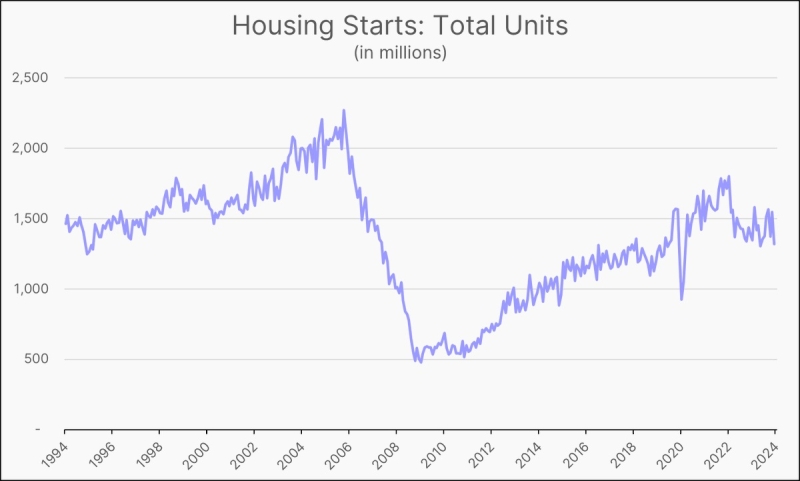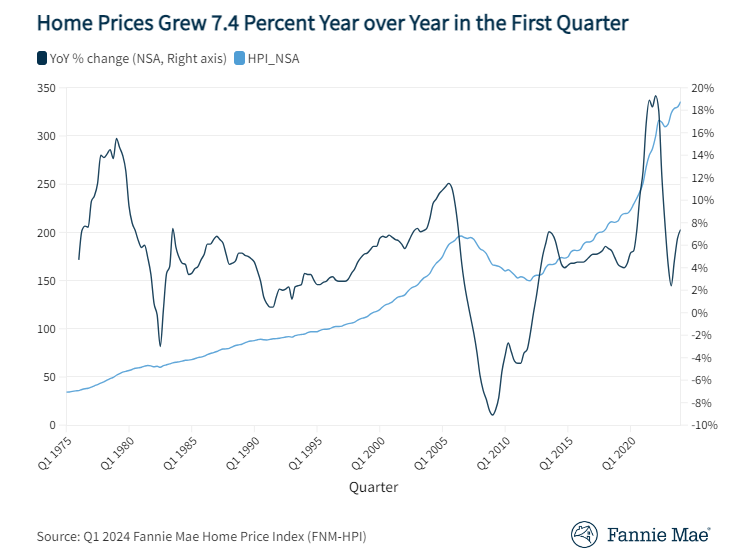Advertisement
Latest Obama Housing Scorecard Shows 5.6 Million Loan Mods to Date

The U.S. Department of Housing & Urban Development (HUD) and the U.S. Department of the Treasury have released the January edition of the Obama Administration's Housing Scorecard—a comprehensive report on the nation’s housing market. Data in the January Housing Scorecard underscore fragility as the overall outlook remains mixed. Inventories of existing homes for sale and the overhang of homes held off market improved over the last two quarters and foreclosure starts continued to fall in December. However, data on new home sales and home prices offered mixed signals, while foreclosure completions ticked upward.
“While we should be encouraged by the positive trends on inventories and foreclosure starts, the mixed overall outlook means that we must remain diligent to improve conditions in the nation’s housing market,” said HUD Assistant Secretary Raphael Bostic. “Responsible homeowners shouldn’t have to sit and wait for the housing market to hit bottom to get some relief. That’s why the Administration’s recent proposals are critical to promoting healing in the market. Our efforts to ramp up economic development in fragile neighborhoods and to expand homeowner access to low-interest refinance options reflect our commitment to turning these markets towards growth.”
The January Housing Scorecard features key data on the health of the housing market and the impact of the Administration’s foreclosure prevention programs, including:
►Market data show progress on housing overhang, but continued fragility in home prices and sales. Inventories of existing homes for sale have continued to improve over the last two quarters, declining from 3.2 million in the second quarter to 2.4 million in the fourth quarter. Housing units held off the market have also fallen, from 3.9 million in the first quarter to 3.6 million in the fourth quarter. Existing home sales continued to increase this month, while new home sales declined. In addition, foreclosure starts continued to fall in December, though foreclosure completions ticked upward.
►The Administration’s recovery efforts continue to help millions of families deal with the worst economic crisis since the Great Depression. More than 5.6 million modification arrangements were started between April 2009 and the end of December 2011—including more than 1.7 million HAMP trial modification starts and nearly 1.2 million Federal Housing Administration (FHA) loss mitigation and early delinquency interventions. More than 930,000 homeowners have received a Home Affordable Modification Program (HAMP) permanent modification to date, saving an estimated $10.5 billion in monthly mortgage payments. The Administration’s programs continue to encourage improved standards and processes in the industry, with HOPE NOW lenders offering families and individuals more than 2.6 million proprietary mortgage modifications through December.
►Eligible homeowners entering HAMP have a high likelihood of earning a permanent modification and realizing long-term success. Eighty-four percent of homeowners entering HAMP in the past 18 months received a permanent modification, with an average trial period of 3.5 months. Quarterly re-default data shows that HAMP modifications are sustainable for the majority of homeowners. After six months in the program, more than 94 percent of homeowners remain in their permanent modification. HAMP modifications continue to show lower re-default rates than industry modifications. View the December MHA Servicer Performance Report.
“The mixed signals that the national data show for the broader housing market clearly represent the situation in Tampa,” said HUD Assistant Secretary Raphael Bostic. “The Administration is working hard to help all homeowners who have been hit hard during the crisis and, as this Regional Spotlight shows, our efforts have helped more than 64,000 families in Tampa avoid foreclosure. But we have much more to do to reach the many households who still face trouble and to help the Tampa market recover.”
The bi-monthly Housing Scorecard Regional Spotlight features data on the health of the Tampa housing market and impact of efforts to help homeowners at the local level including:
►The Tampa market is under pressure from a high percentage of distressed mortgages, deeply discounted foreclosed properties, low property values, and many severely underwater mortgages. Although the share of distressed mortgages in and around Tampa—those 90 or more days delinquent, in foreclosure, or bank owned – has been above the national average since mid-2000, the local foreclosure crisis has generally mirrored that of the nation as a whole, with a significant rise in delinquencies and defaults among high-cost subprime loans beginning in 2007. Moreover, Florida has the third longest average foreclosure processing time among states, as lender processing delays and a backlog in the courts contribute to a high share of mortgages remaining in the foreclosure pipeline.
►An estimated 64,000 Tampa households have received mortgage modifications, many directly through Administration programs. Since April 1, 2009 approximately 64,000 mortgage assistance interventions have been offered to homeowners in the Tampa metropolitan area. More than 37,000 interventions were offered through HAMP and the FHA loss mitigation and early delinquency intervention programs. An estimated additional 27,000 proprietary modifications have been offered through HOPE Now Alliance servicers. While some homeowners may have received help from more than one program, more assistance has been offered than foreclosures completed during this period (25,300).
►The Administration’s Hardest Hit Fund and Neighborhood Stabilization Programs have fueled local foreclosure prevention efforts and market stability. Florida has received more than $1 billion through the Hardest Hit Fund to implement local solutions to borrower mortgage defaults and address the range of factors that contribute to a family's financial problems. Moreover, approximately $187 million has been awarded to nine jurisdictions through the Neighborhood Stabilization Program to help purchase or redevelop residential properties and address the effects of abandoned and foreclosed housing. Both programs have helped provide stability to the Tampa housing market.
“The Administration’s programs continue to offer real relief for homeowners while setting standards that have led to more sustainable assistance to prevent foreclosures” said Treasury Assistant Secretary for Financial Stability Tim Massad. “The recent enhancements we have announced will bring further assistance to homeowners, renters and their communities as our nation continues to heal from an unprecedented housing crisis.”
About the author





